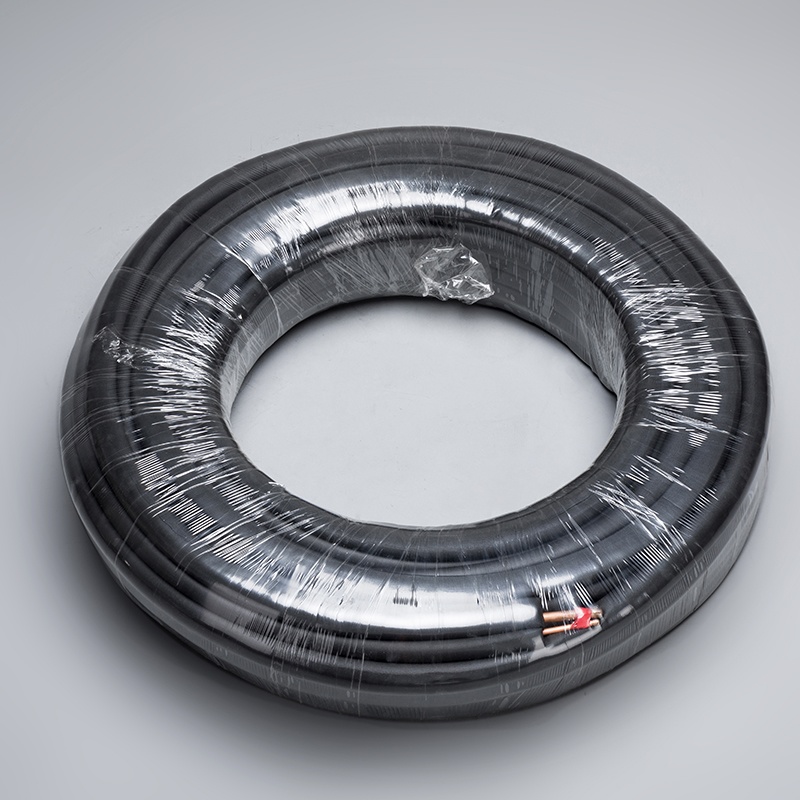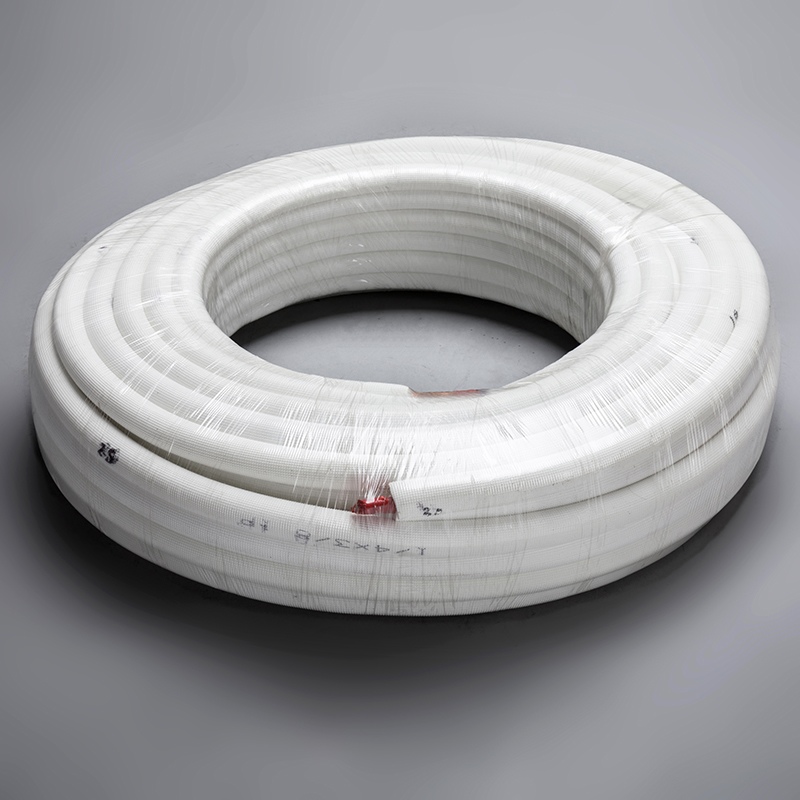Choosing Between Aluminum and Copper Piping for Air Conditioning

When it comes to air conditioning systems, the choice of piping material plays a crucial role in ensuring optimal performance and longevity. Choosing Between Aluminum and Copper Piping for Air Conditioning is a decision that impacts efficiency and sustainability. While aluminum and copper are the primary materials used, understanding their differences is key. This Guide aims to provide a comprehensive analysis to empower readers with the knowledge needed to make informed decisions regarding their air conditioning systems.
Thermal Conductivity

Copper Piping
Copper tubes have become the preferred choice over aluminum pipes in HVAC and refrigeration systems due to their exceptional thermal conductivity. The higher heat transfer efficiency of Copper results in faster cooling rates, making it a reliable option for air conditioning. Its ability to handle oxidation and corrosion effectively ensures longevity and durability, providing a sustainable solution for cooling needs.
Advantages
Superior heat transfer efficiency
Faster cooling rates
Excellent resistance to oxidation and corrosion
Long-lasting and durable
Disadvantages
Higher initial cost compared to aluminum piping
Aluminum Piping
While Aluminum pipes have their advantages, such as excellent thermal and electrical conductivity, they fall short in terms of heat transfer efficiency when compared to copper. This can lead to higher energy consumption and reduced cooling effectiveness in air conditioning systems. However, aluminum remains a suitable choice for applications requiring efficient heat or electric current conduction.
Advantages
Excellent thermal and electrical conductivity
Suitable for specific applications requiring efficient conduction
Disadvantages
Lower heat transfer efficiency than copper piping
Durability and Strength
Copper Piping
Advantages
Copper pipes exhibit exceptional durability in HVAC systems, ensuring long-term reliability.
The inherent strength of copper tubing allows it to withstand various environmental conditions.
Copper piping offers improved corrosion resistance, reducing the risk of leaks and maintenance needs.
Its robust nature makes copper tubes ideal for applications where strength is a critical factor.
Disadvantages
Initial installation costs for copper piping may be higher compared to alternative materials.
The weight of copper tubes can sometimes pose challenges during handling and installation processes.
Aluminum Piping
Advantages
Aluminum pipes are renowned for their lightweight construction, facilitating easier handling.
The natural corrosion resistance of aluminum tubing enhances its longevity in diverse settings.
Their durability makes aluminum pipes suitable for outdoor installations and industrial use.
Disadvantages
While cost-effective, the durability of aluminum piping may not match that of copper in certain applications.
Extreme temperatures or harsh environments can impact the structural integrity of aluminum tubes.
Maintenance and Corrosion Resistance

Copper Piping
Advantages
Longevity: Copper piping offers exceptional durability, ensuring extended service life in HVAC systems.
Corrosion Resistance: The inherent properties of copper provide robust protection against oxidation, reducing the risk of leaks.
Reliability: Copper's reliability in diverse settings makes it a preferred choice for long-term maintenance needs.
Disadvantages
Initial Investment: The upfront cost of copper piping may be higher initially compared to other materials.
Handling Challenges: Due to its weight, copper tubes can present challenges during installation and maintenance processes.
Aluminum Piping
Advantages
Lightweight Design: Aluminum pipes are known for their lightweight construction, making them easy to handle during installation.
Corrosion Resistance: The natural corrosion resistance of aluminum tubing enhances its longevity in various environments.
Versatility: Aluminum pipes offer durability suitable for outdoor installations and industrial applications.
Disadvantages
Durability Concerns: While cost-effective, the long-term durability of aluminum piping may not match that of copper in certain conditions.
Environmental Impact: Extreme temperatures or harsh environments can affect the structural integrity of aluminum tubes.
Cost and Efficiency
Copper Piping
Cost
Copper surpasses aluminum in overall cost-effectiveness due to its longevity and reduced maintenance requirements.
The initial investment in copper piping may be higher, but its durability and reliability offset the upfront costs.
Efficiency
Copper pipes demonstrate superior heat transfer efficiency compared to aluminum pipes due to their higher thermal conductivity.
Cooling on copper pipes is much faster due to its lower specific heat quality, allowing for rapid dissipation of heat.
Aluminum Piping
Cost
While initially cost-effective, the long-term durability of aluminum piping may not match that of copper in certain applications.
The affordability of aluminum tubes must be balanced with potential maintenance costs over time.
Efficiency
Aluminum pipes require more time to heat and cool down, consuming more energy and having lower cooling effectiveness.
The higher specific heat quantity of aluminum tubing impacts its cooling efficiency compared to copper.
In summary, the choice between Aluminum and Copper Piping for Air Conditioning boils down to efficiency and longevity. While aluminum offers cost-effective solutions, copper stands out for its durability and superior heat transfer capabilities. For those prioritizing sustainability and long-term savings, Copper Piping proves to be the optimal choice. It's crucial to assess specific needs before deciding on a material, ensuring that your air conditioning system operates efficiently for years to come. Consider Baoyuan as your go-to manufacturer for high-quality copper connecting pipes that guarantee lasting performance.
See Also
Benefits of Opting for Copper Tubing in Aircon Systems
Exploring Efficiency: Copper vs. Aluminum Tubing in Air Conditioning
The Importance of Pure Copper Tubing in Effective Aircon
Revolutionizing Air Conditioning with Pure Copper Tubing
Key Advantages of Copper Tubing in Air Conditioning Innovation


